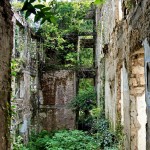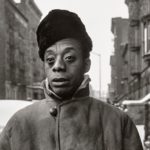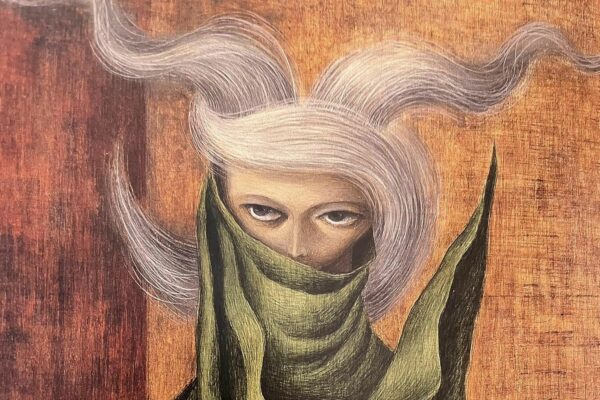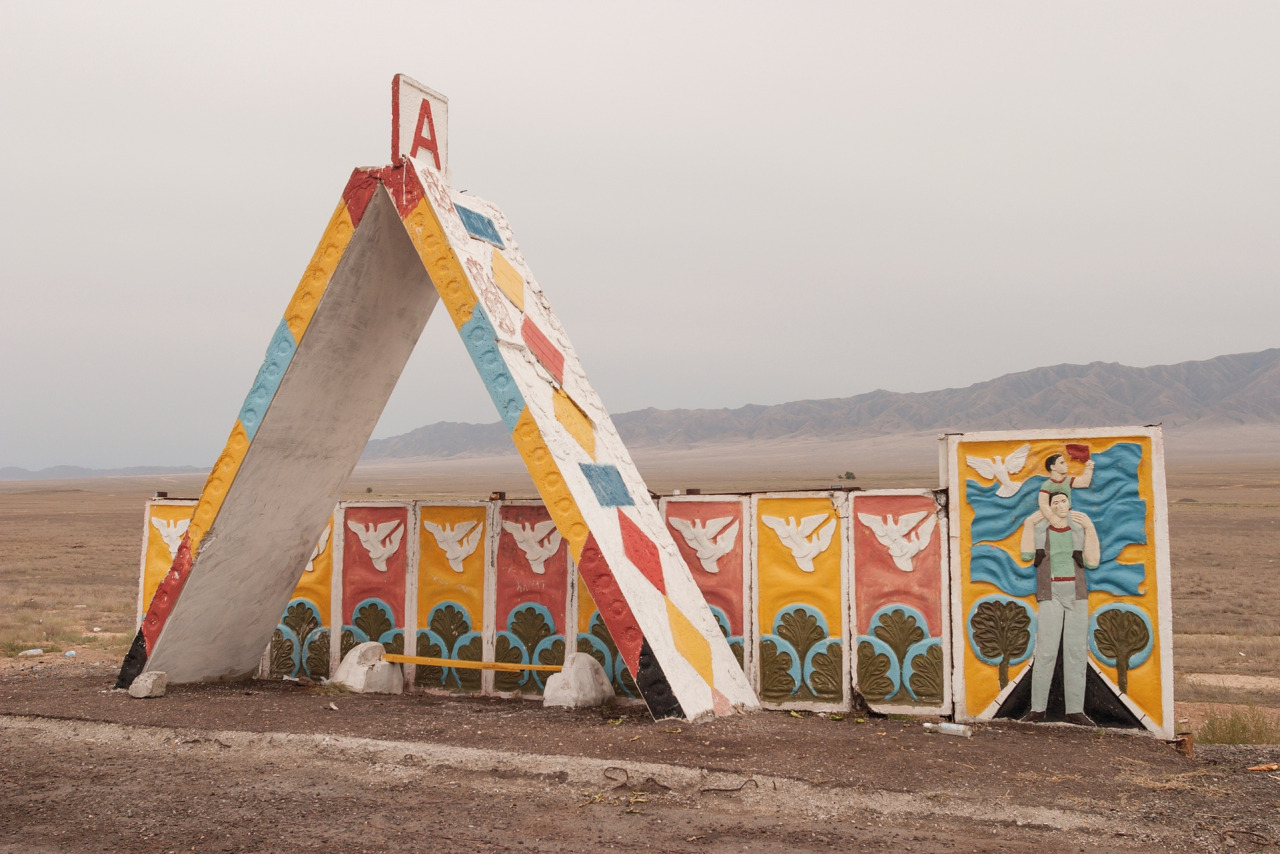
At first glance, I thought I was looking at one of this year’s fantastical desert sculptures debuted at the Burning Man Festival, but these oddball structures, seemingly plonked in the middle of nowhere, are in fact a product of none other than the former Soviet Union. When photographer Christopher Herwig told friends he was going to travel to 13 countries and cover more than 30,000 km to document Soviet bus stops, they thought he had gone a little nuts.
And of course over in the former USSR, they thought he was a spy…
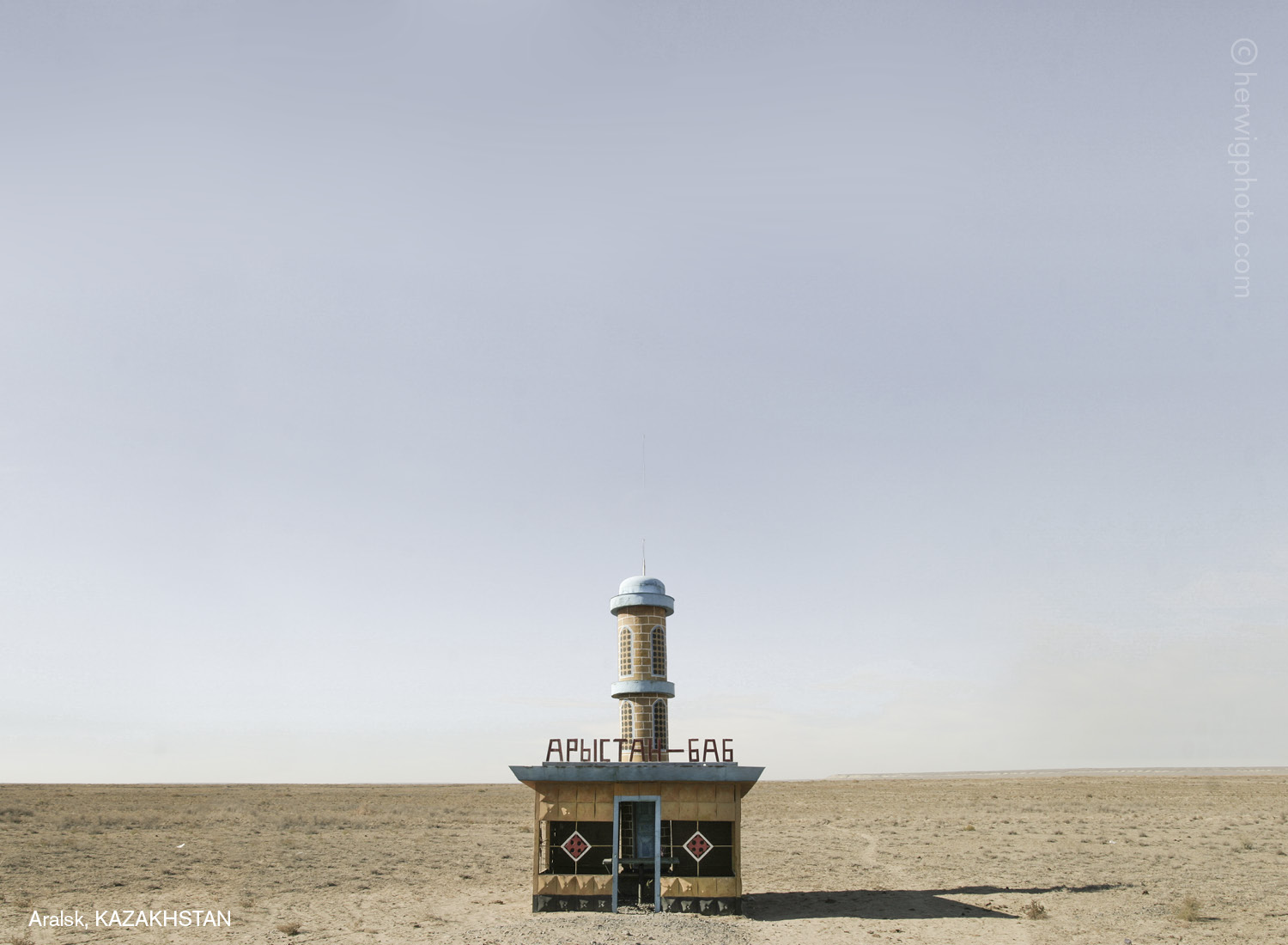
Herwig’s obsession for the roadside oddities behind the iron curtain began when he moved to Kazakhstan in 2003 and traveled to the five ‘Stan’ countries.
“Along these silk routes I found more fascinating bus stops, often appearing in the middle of the desert, steppe or countryside, with no other sign of human settlement in sight. It was as if the earth was its pedestal and nothing else on the endless horizon could compete with the bold statement it was making.”
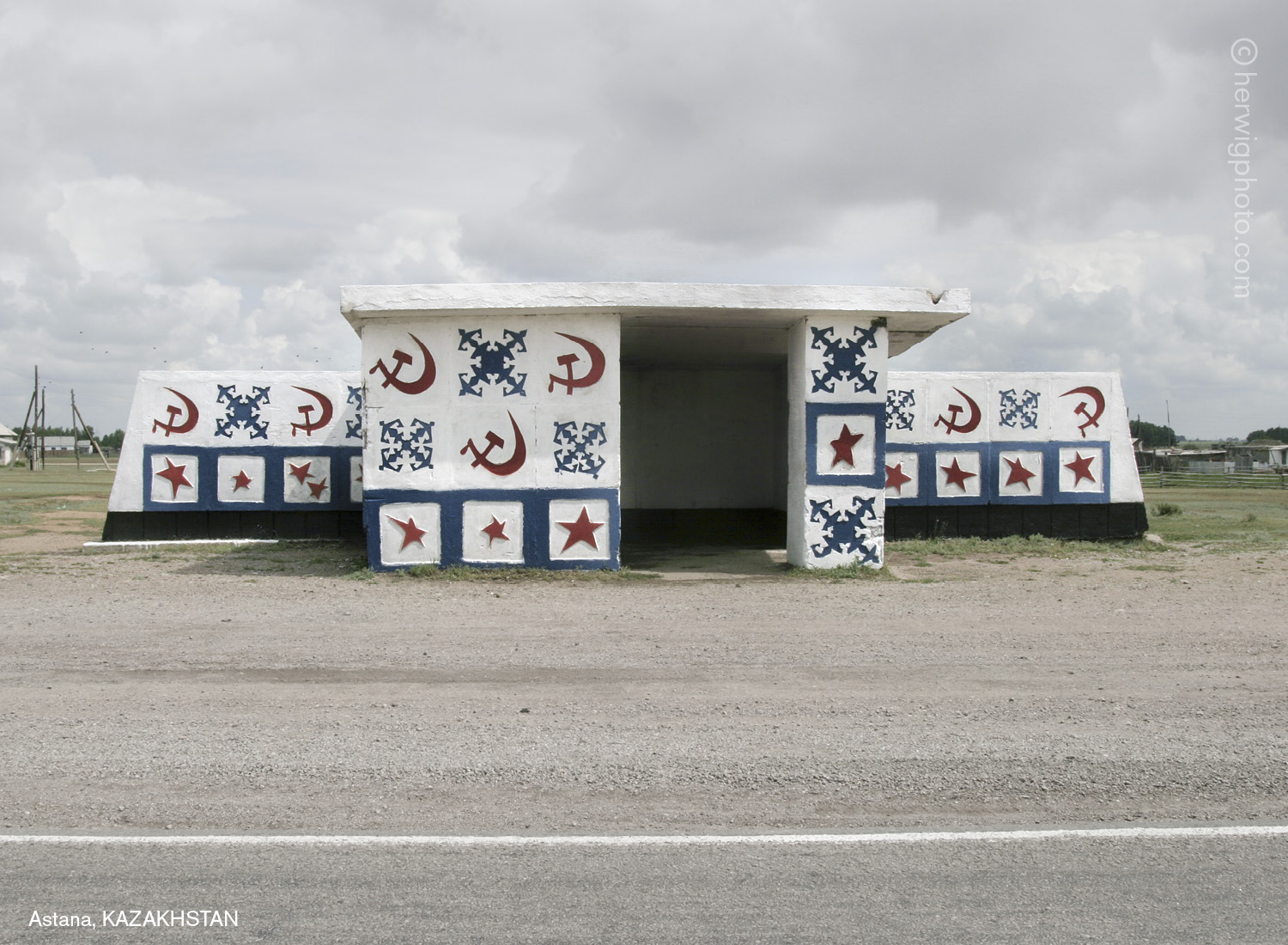
He set off for more soviet countries: Ukraine, Moldova, Georgia, Armenia, and Abkhazia, hunting for bus stops. “I was possessed. On a mission … I searched travellers’ blogs for clues, interrogated bus and taxi drivers and even scanned over the roads on Google Earth to plan what I believed would be most effective routes.”
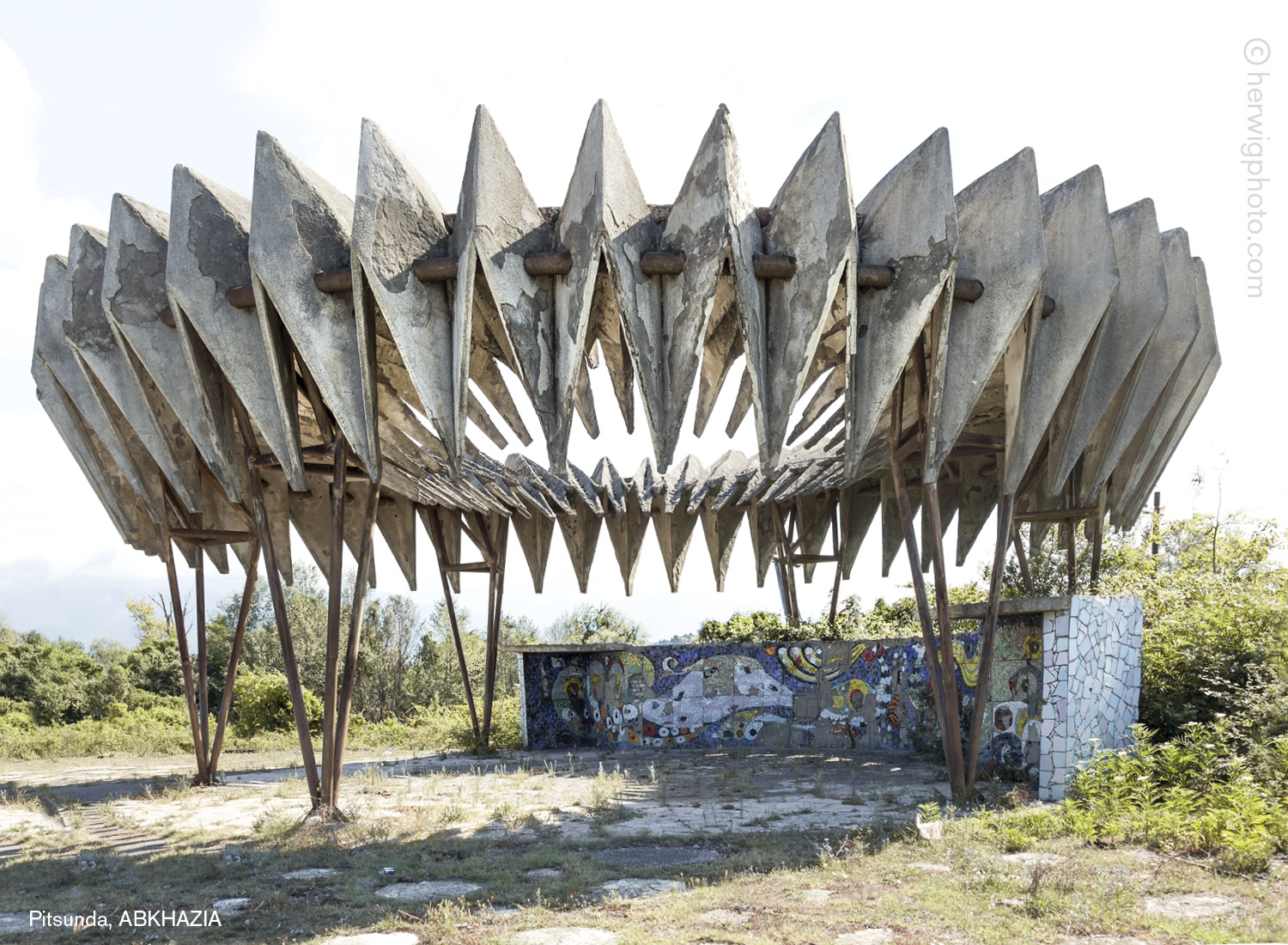
“Several of these countries have little freedom of press and expression. Tourists are rare. I was, on several occasions, accused of being a spy … In Abkhazia my driver accused me of being a Georgian agent and photographing sensitive material. He demanded a bribe, otherwise, it would be ‘straight to the militizia and a firing squad’. Needless to say, he was not convinced by my story that ‘I have only come to your country to see your pretty bus stops’.
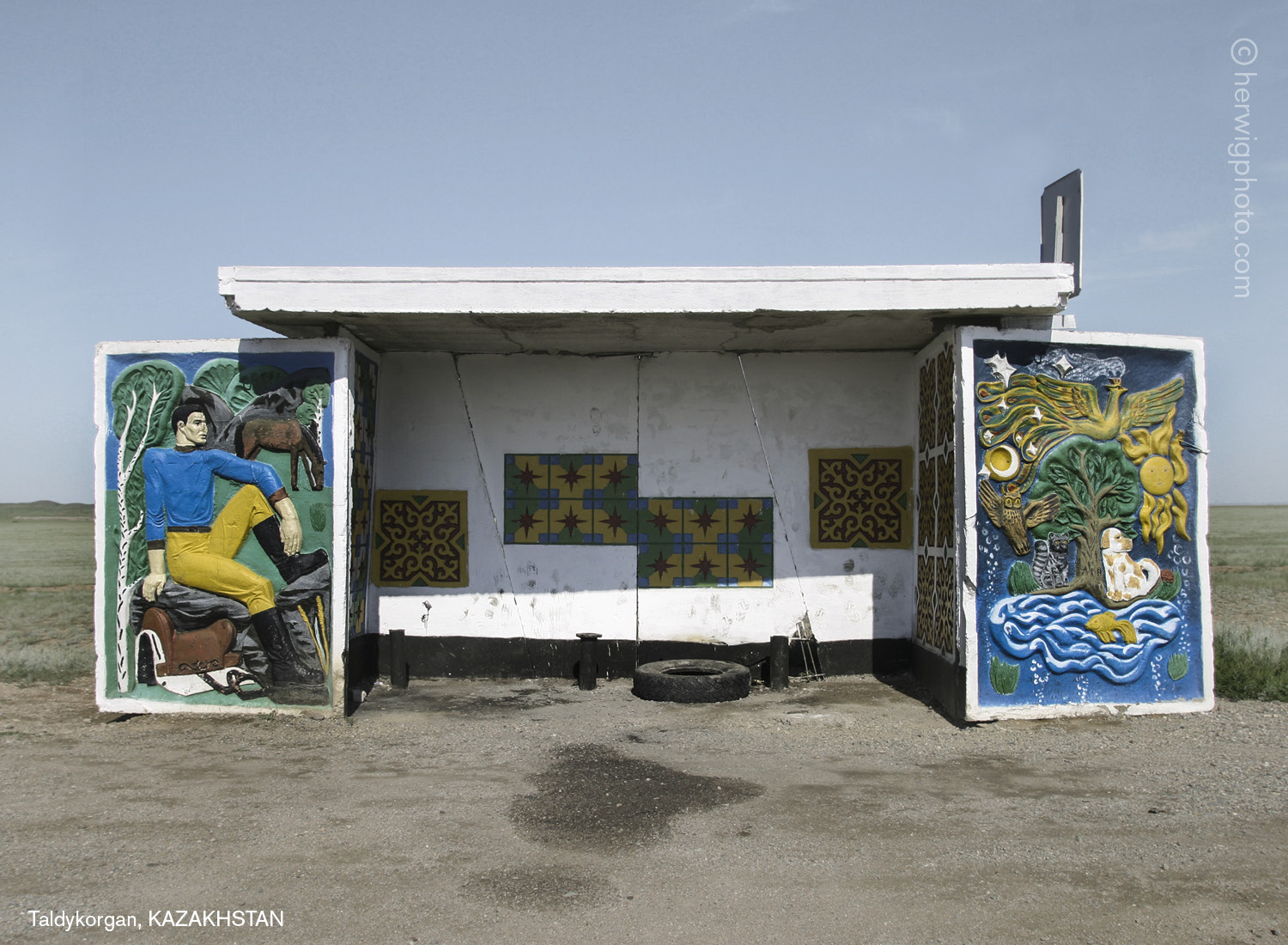
Safely brought home on a memory card tucked into his underpants, Herwig’s photographs are likely the largest collection of Soviet Bus Stops ever assumbled, “a tenuous claim to fame”, he admits.
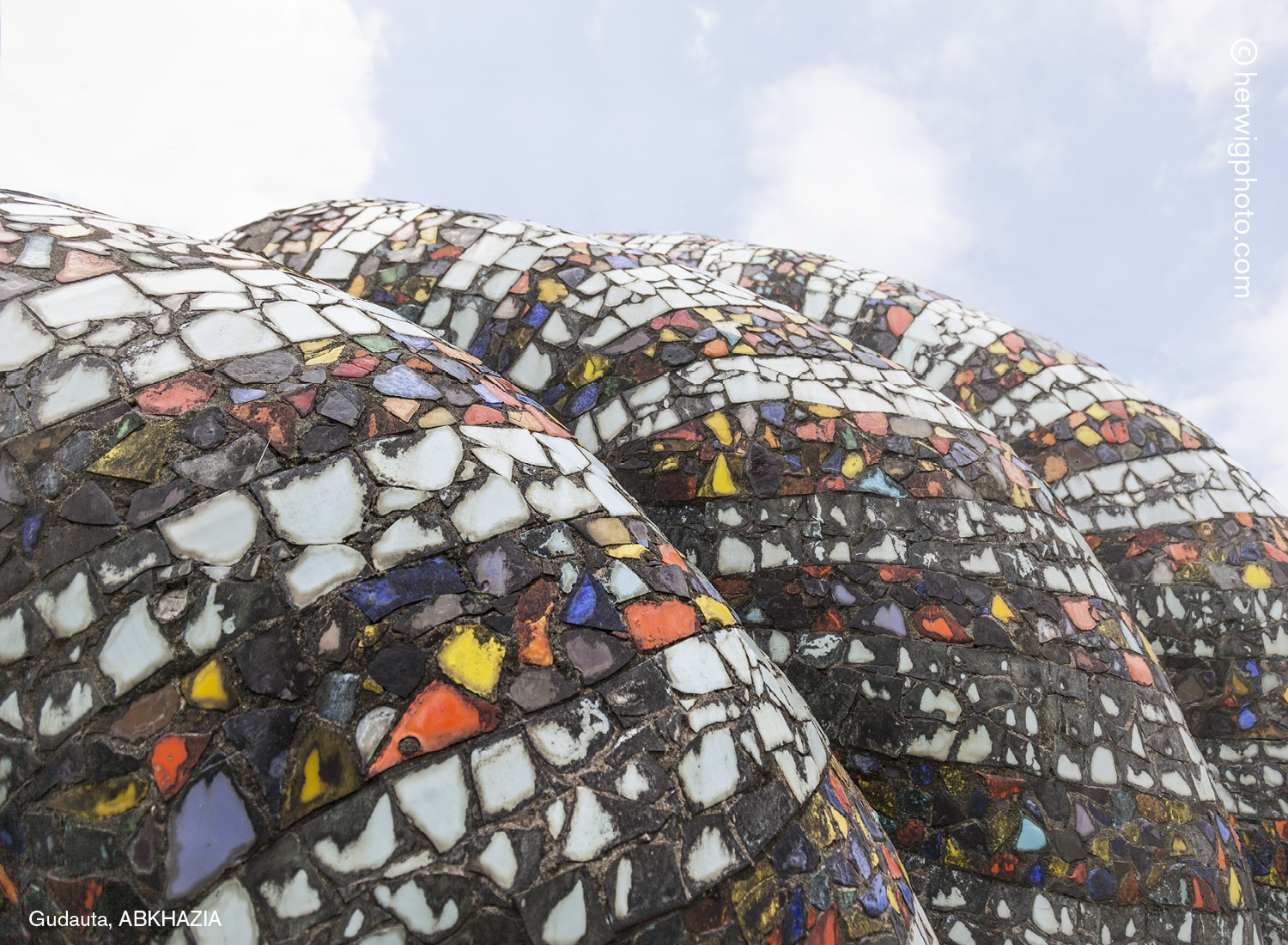
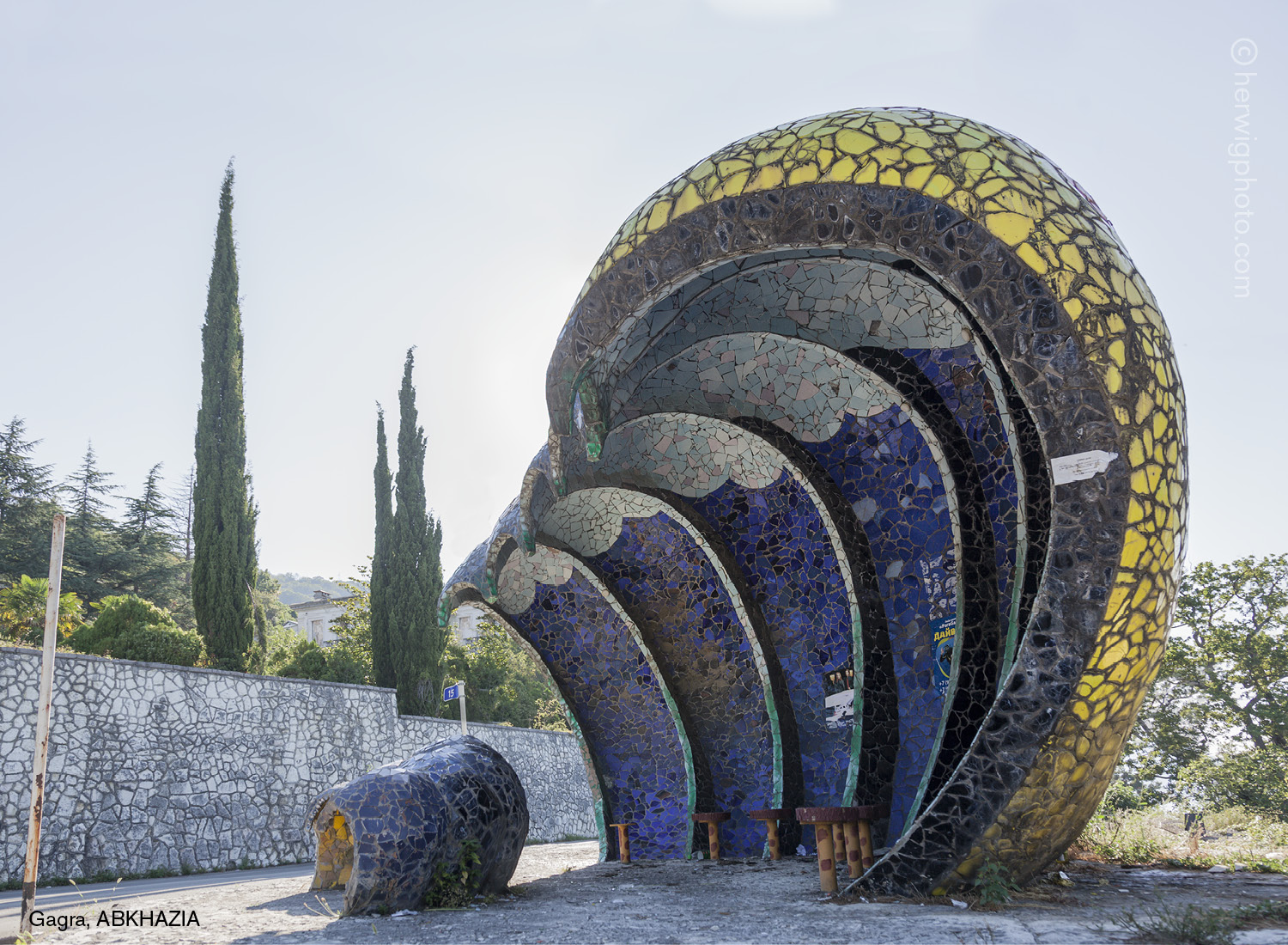
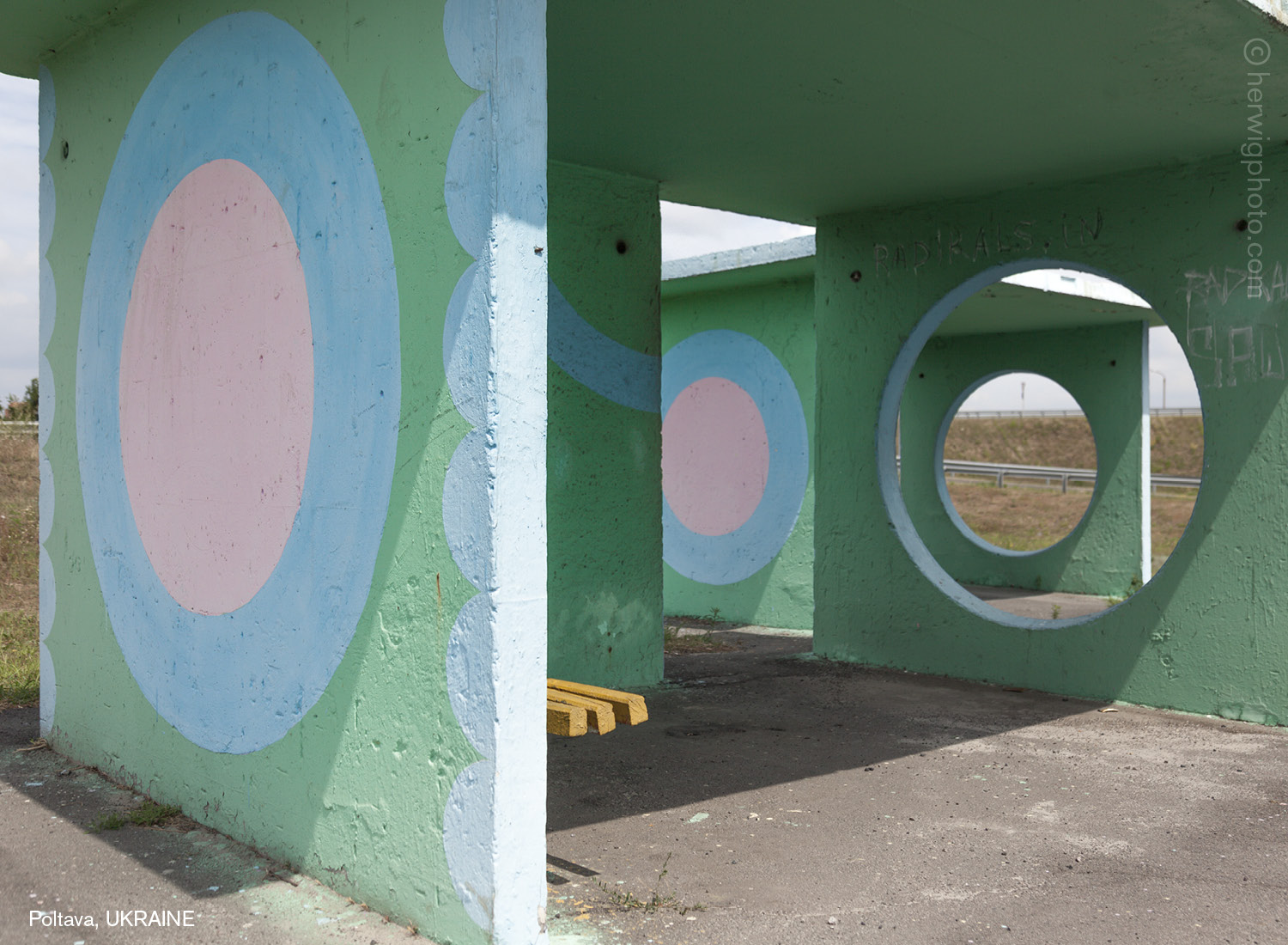
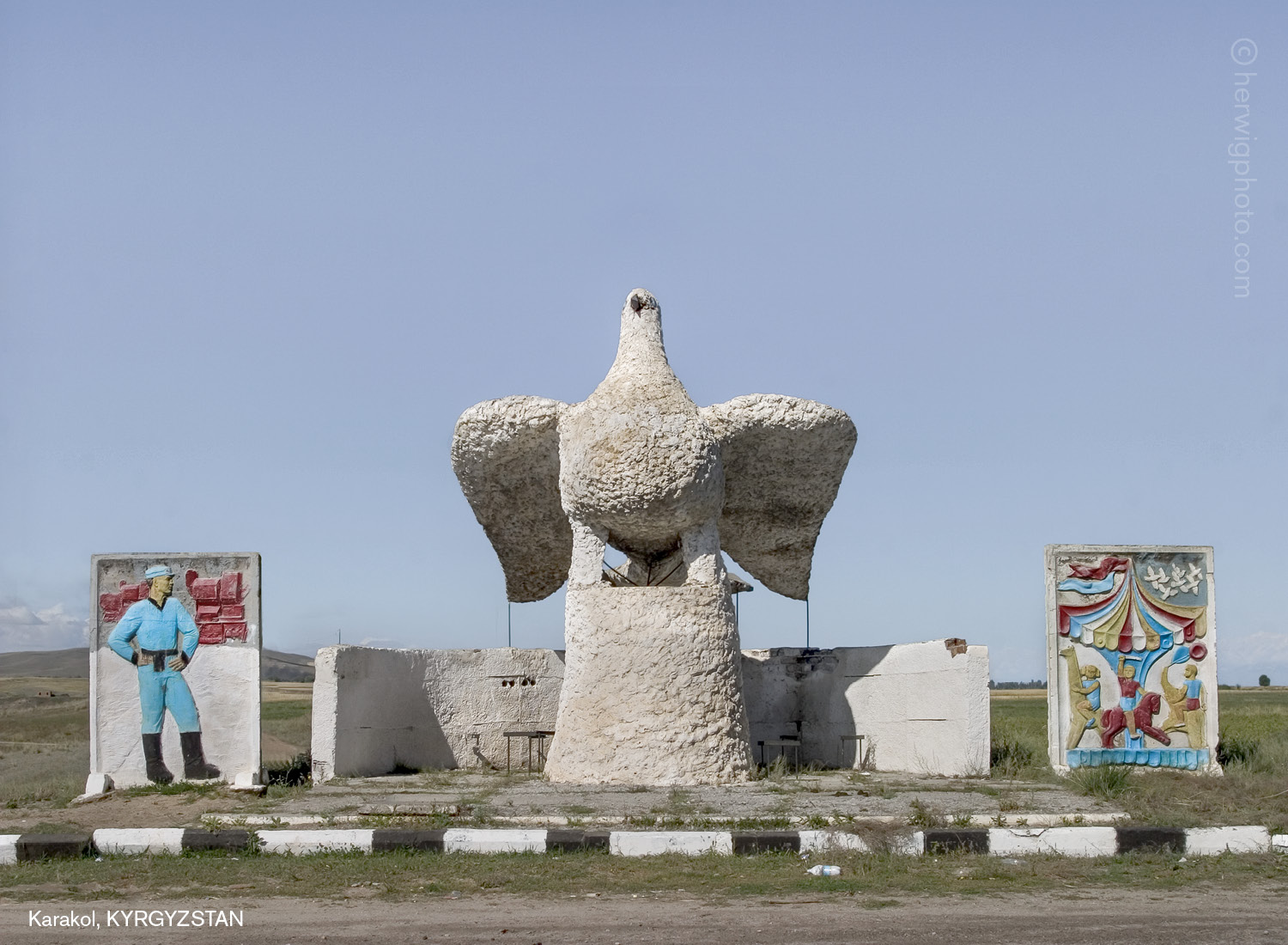
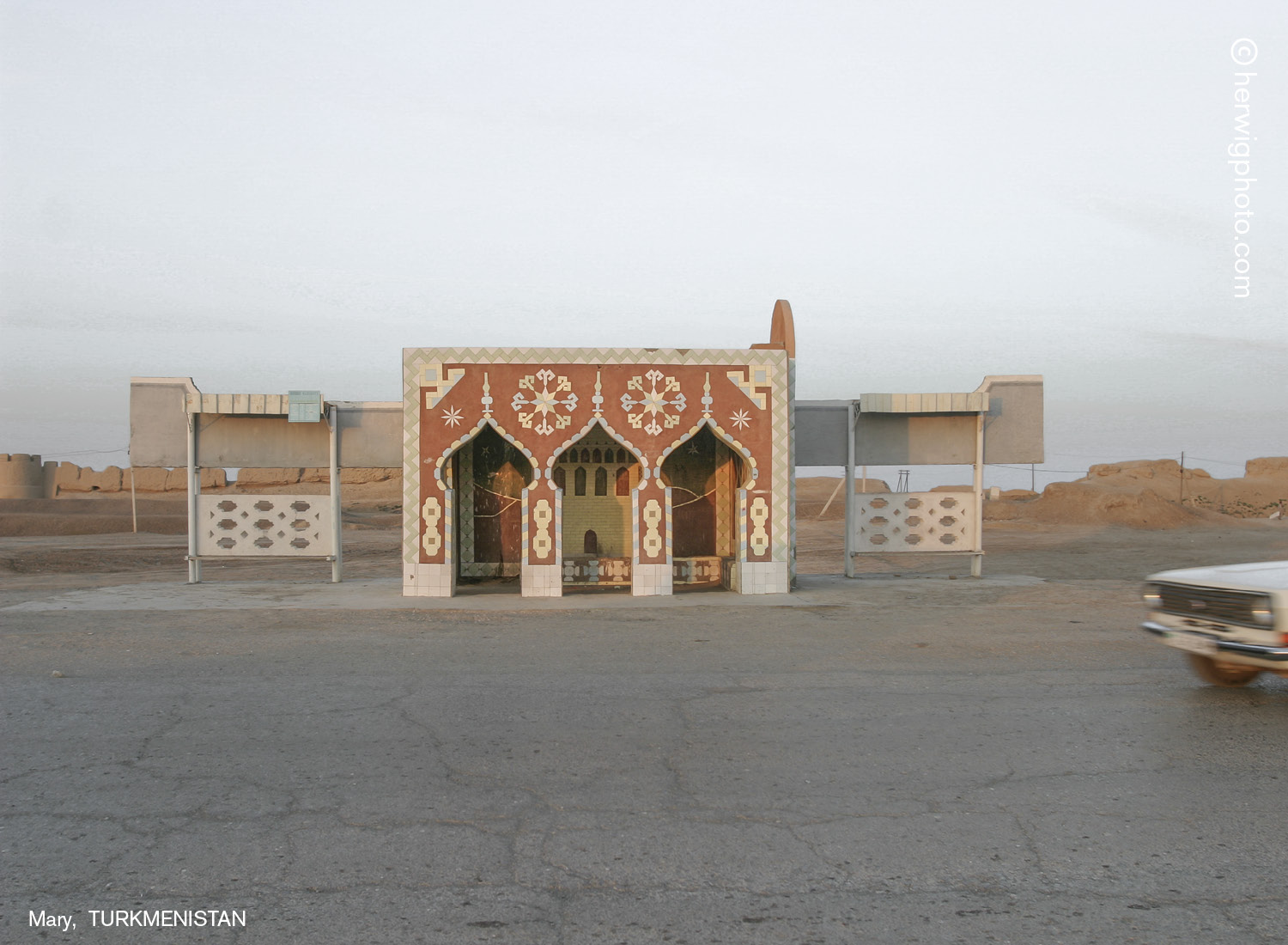
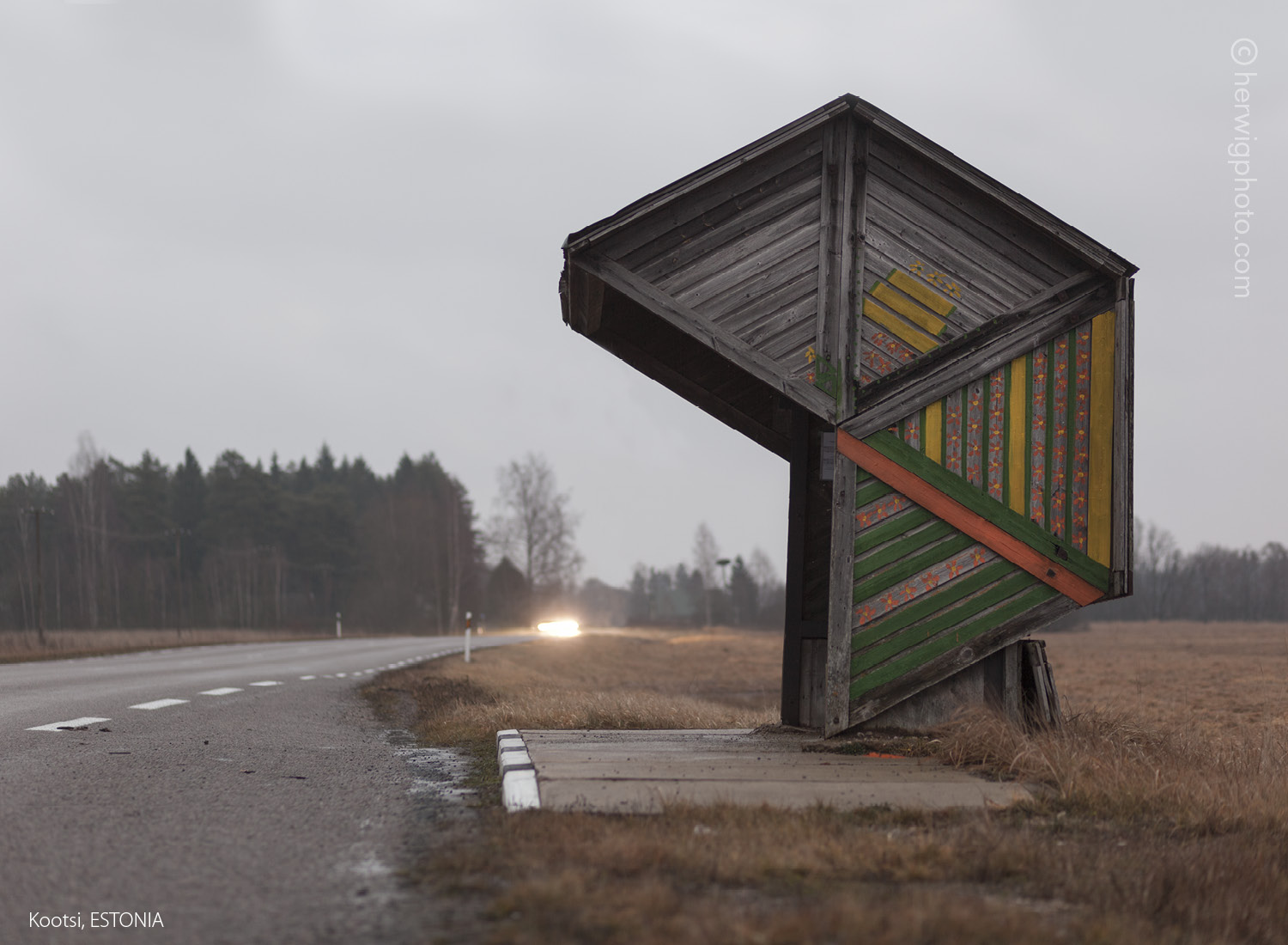
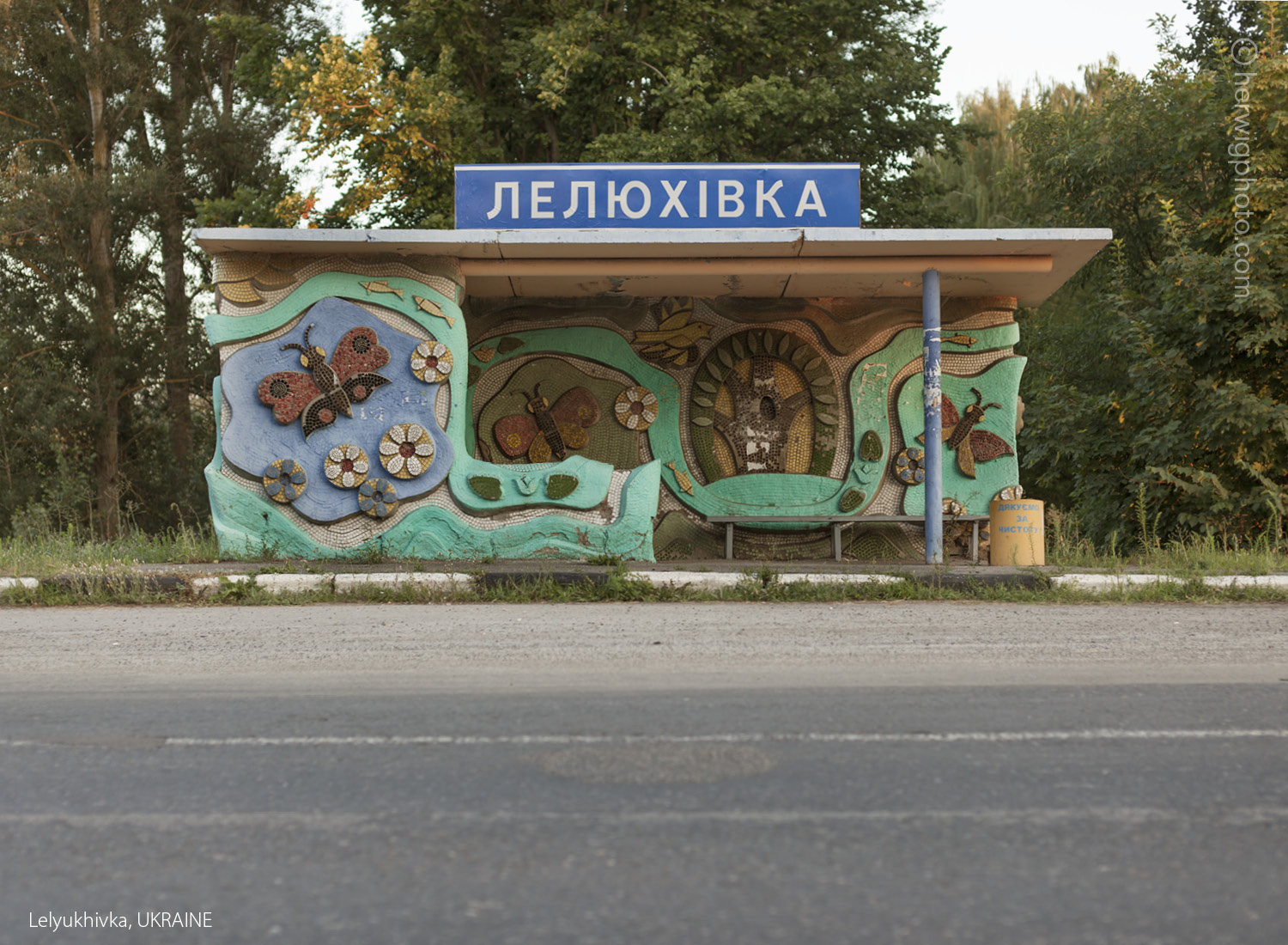
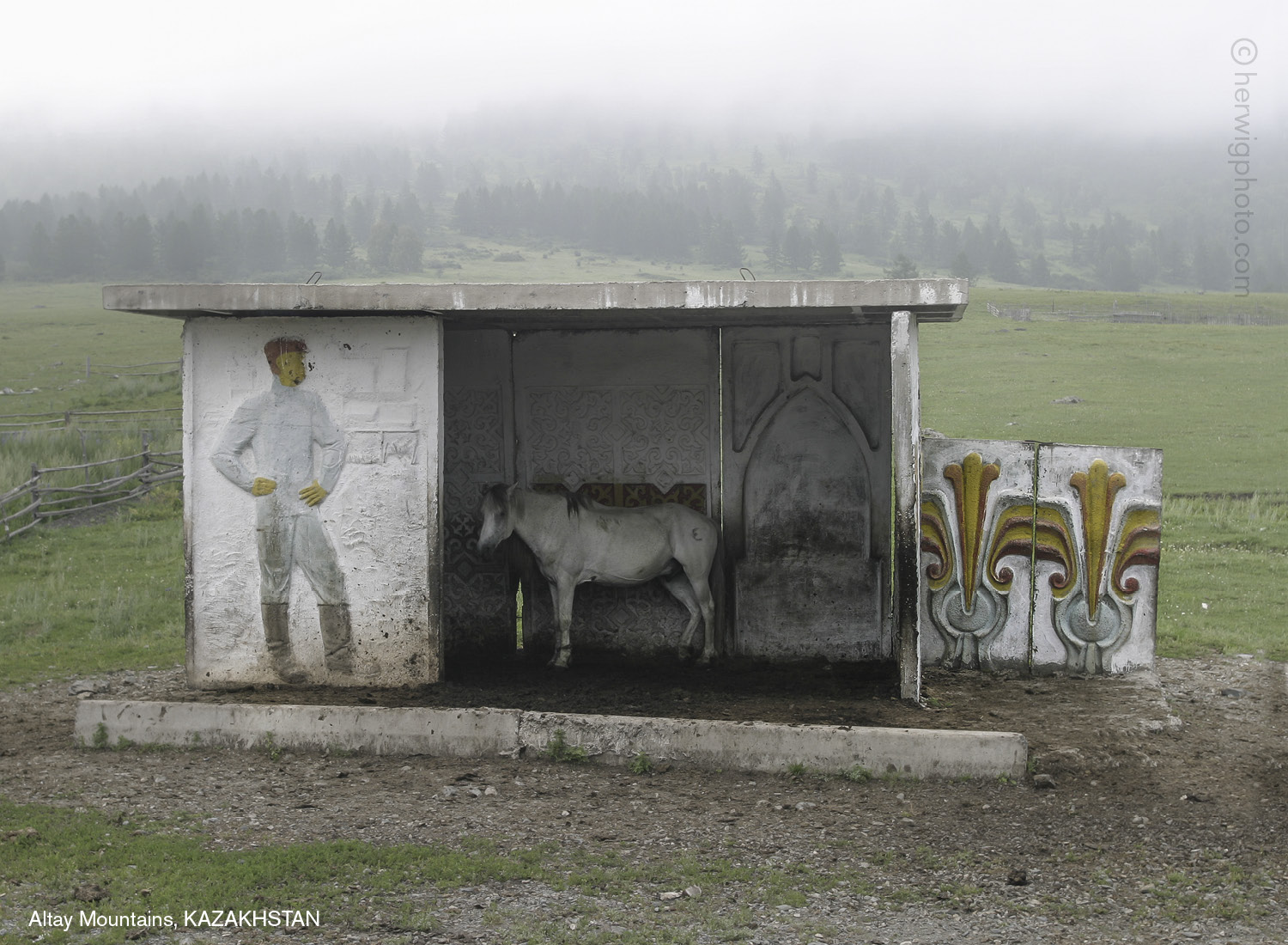
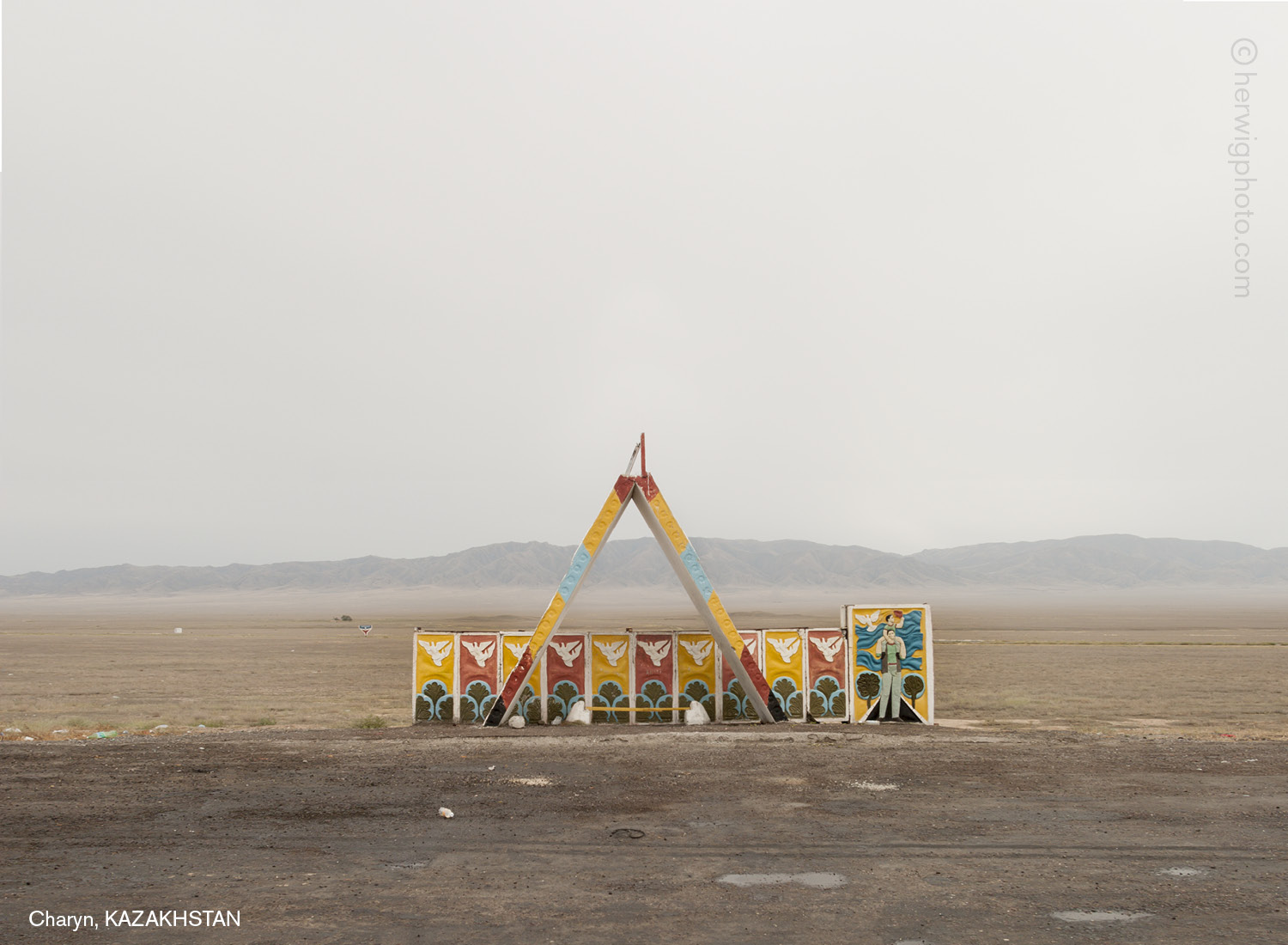
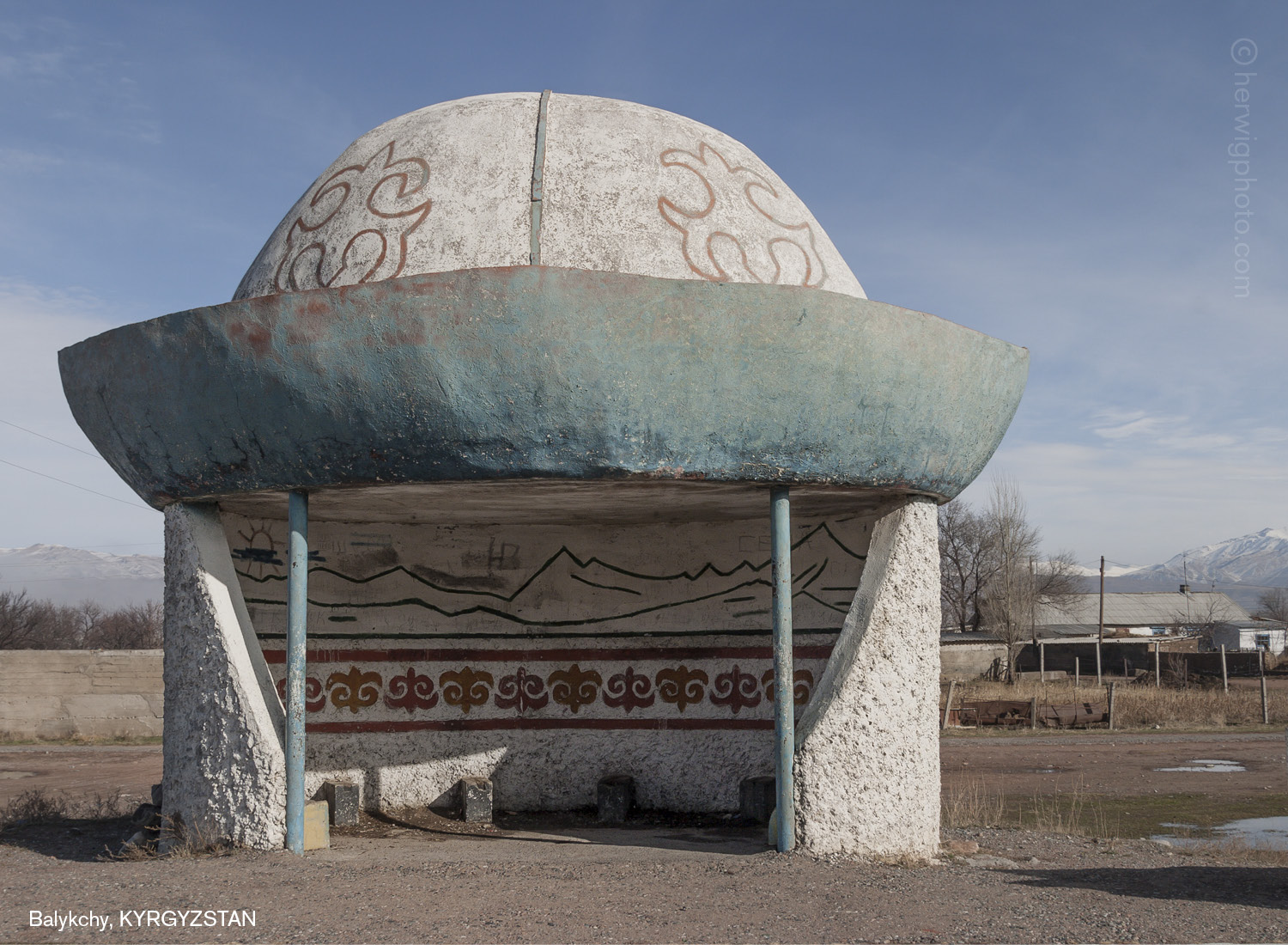
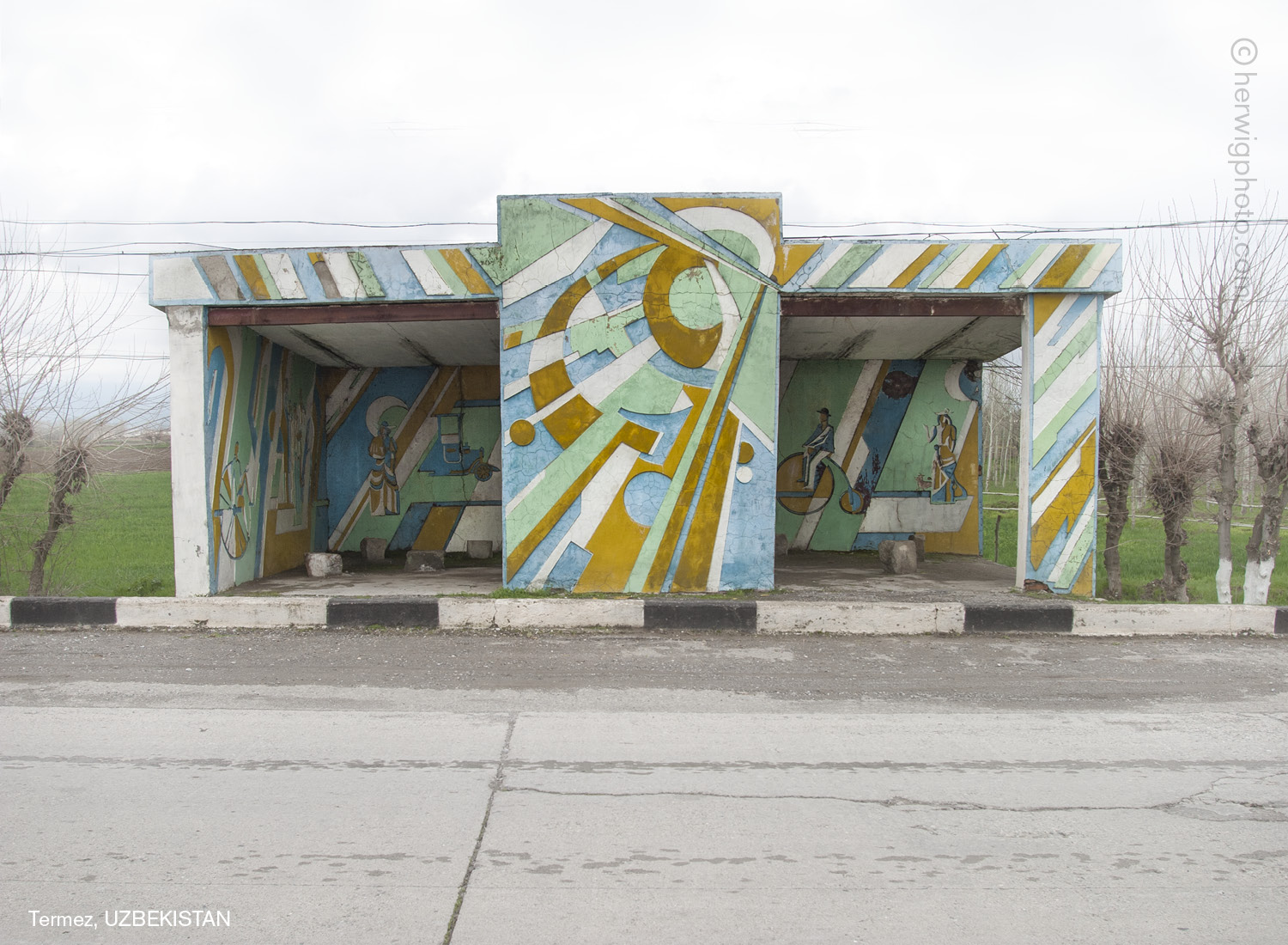
His series has been published in his own well-deserved book that’s taken twelve years in the making, documenting the most beautifully insane bus stops he encountered.
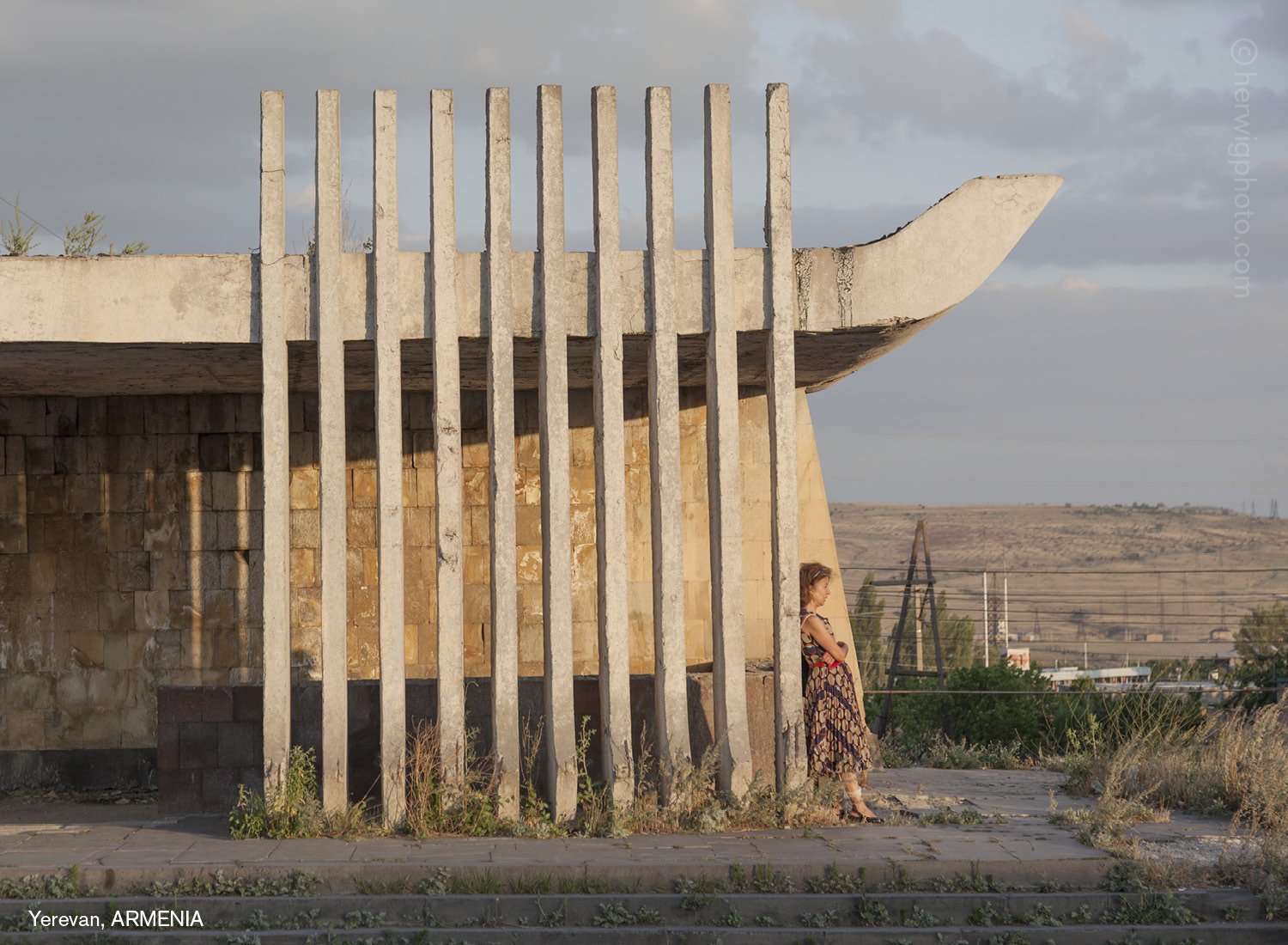
The book also tracks down some of the “unknown” artists who were behind these unexpected futurist treasures of the Soviet era and Herwig hopes that it will do its part to preserve this unique if not terrifically strange historical art form.



